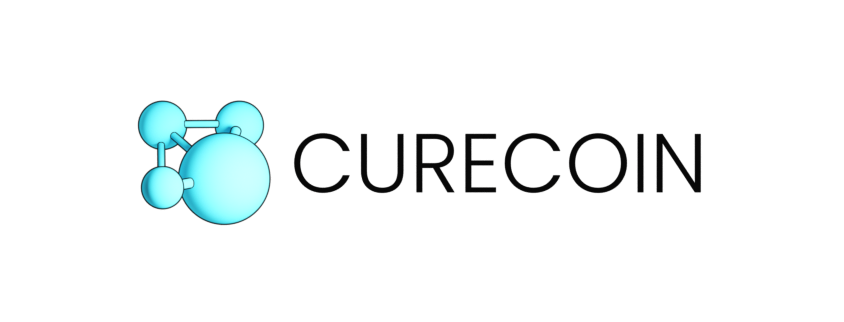CureCoin’s Proof of Stake mintage begins in 4 days, and maxes out in 90. While your stake is higher the closer you get to 90, you may find better returns by regularly minting closer to 4 days.
The CureCoin wallet takes care of this whole process for you. It must be unlocked and open in order to Mint.
To Unlock your wallet for staking using the QT Wallet GUI

(Alternatively) Unlock your wallet for staking using the console:
- Go to “Help”
- “Debug Window”
- Choose the Console tab
- Here, enter ‘walletpassphrase <your password> 99999999 true’ and hit enter*.
- After a few moments, your wallet will be ready to mint.
The above unlocking procedure only applies to Encrypted Wallets. An unencrypted wallet will mint, but is unsecure. Its recommended that you ALWAYS encrypt your wallet. As a optional precautionary measure, clear the console window and then close it (press CTRL + L to clear the text in the console ).
Proof of Stake is a method of securing the CureCoin network that works alongside the Proof of Work portion. Proof of Stake is based on the number of coins had, and how long they’ve been held. In this way, it works to prevent the well-known 51% attack – an attack wherein the perpetrator overtakes 51%+ of the Proof of Work (mining) network. In order to do this to a Proof of Stake coin, an attacker would need to hold 51% of the entire supply of CureCoin, and any attack performed would hurt their own share. If any part would come to hold 51% of the currency, they’re likely to hold a strong interest in keeping the coin alive and well.
Initially, coins are distributed by the work done when folding. CureCoins have an “age”, which is reset every time they are transferred. Over time, as folders hold on to their hard-earned CureCoin, they begin to earn a “stake” – this stake is equal to their age multiplied by the number of coins. Your stake earns you “chances” at earning Proof of Stake CureCoin blocks, which are generated through a process called “minting.”
The good folks at PeerCoin explain Minting well:
All coins in the Peercoin network collect coin age. Your stake is calculated from this coin age, measured by last transaction, and multiplied with the amount of coins (time * coins). Transferred coins lose their age and start a new “life” as fresh coins. When you keep coins for 4 days, they are old enough to start the minting process. From that moment on the software tests the “search space” given by the coin age, the limited options are tested if they “solve the puzzle” like in Bitcoin mining. You can simply think of this by comparing it with a raffle. But it is a raffle that lets you keep the tickets every time you do not win a round. And with it the chance of producing a valid solution of the next puzzle increases. More coins equal more raffle tickets. So 100 coins at an age of 4 days are twice as likely to solve the “puzzle” as 50 coins with 4 age days. The maximum age a coin can have is 90 days, after this the coin does not age further. When a puzzle is solved you can mint 1% of your input, by sending 101% of the coin to yourself. With it you “consume” your built-up coin age. As you test against a limited number of raffle tickets (the “limited search space”), this requires significantly less power. Attacks become more difficult as well, instead of controlling 51% calculating power to take over the block chain, you need 51% of the coins that are put up as stake! When a block is minted, your new coins will be unspendable for a period of 520 blocks (~ 3.6 days with 10 minutes blocks). More detailed information about staking/minting fundamentals can be found in the Peercoin whitepaper.
*99999999 is the time, in seconds, to remain unlocked. You may choose to unlock for shorter periods, if you like, but run the chance of re-locking before mintage is complete.

